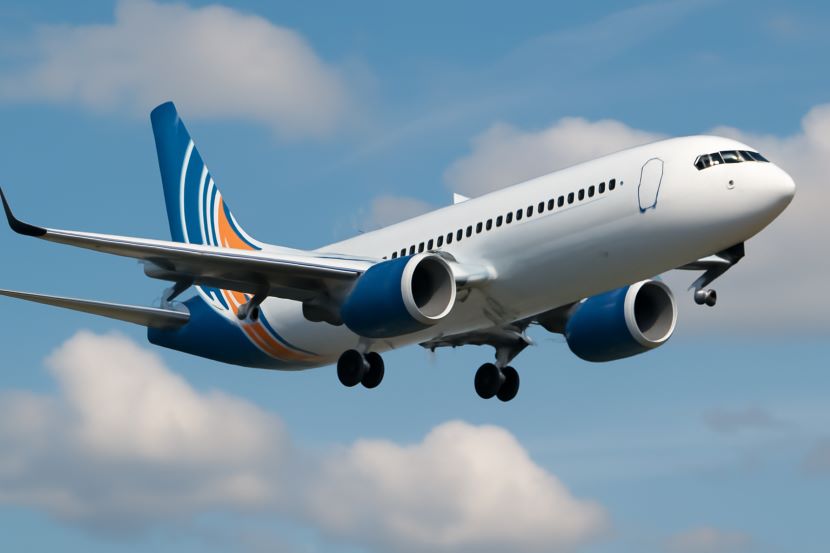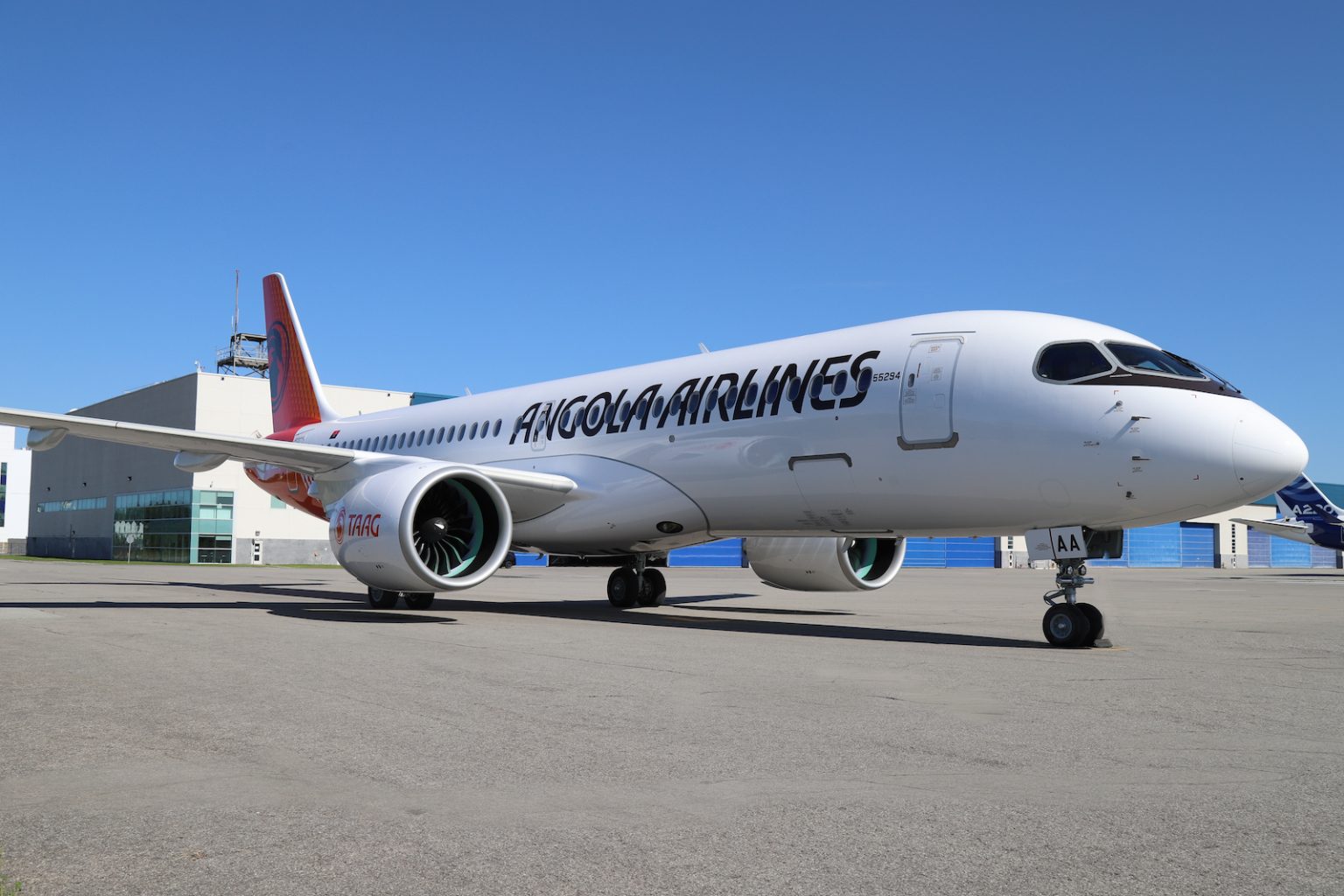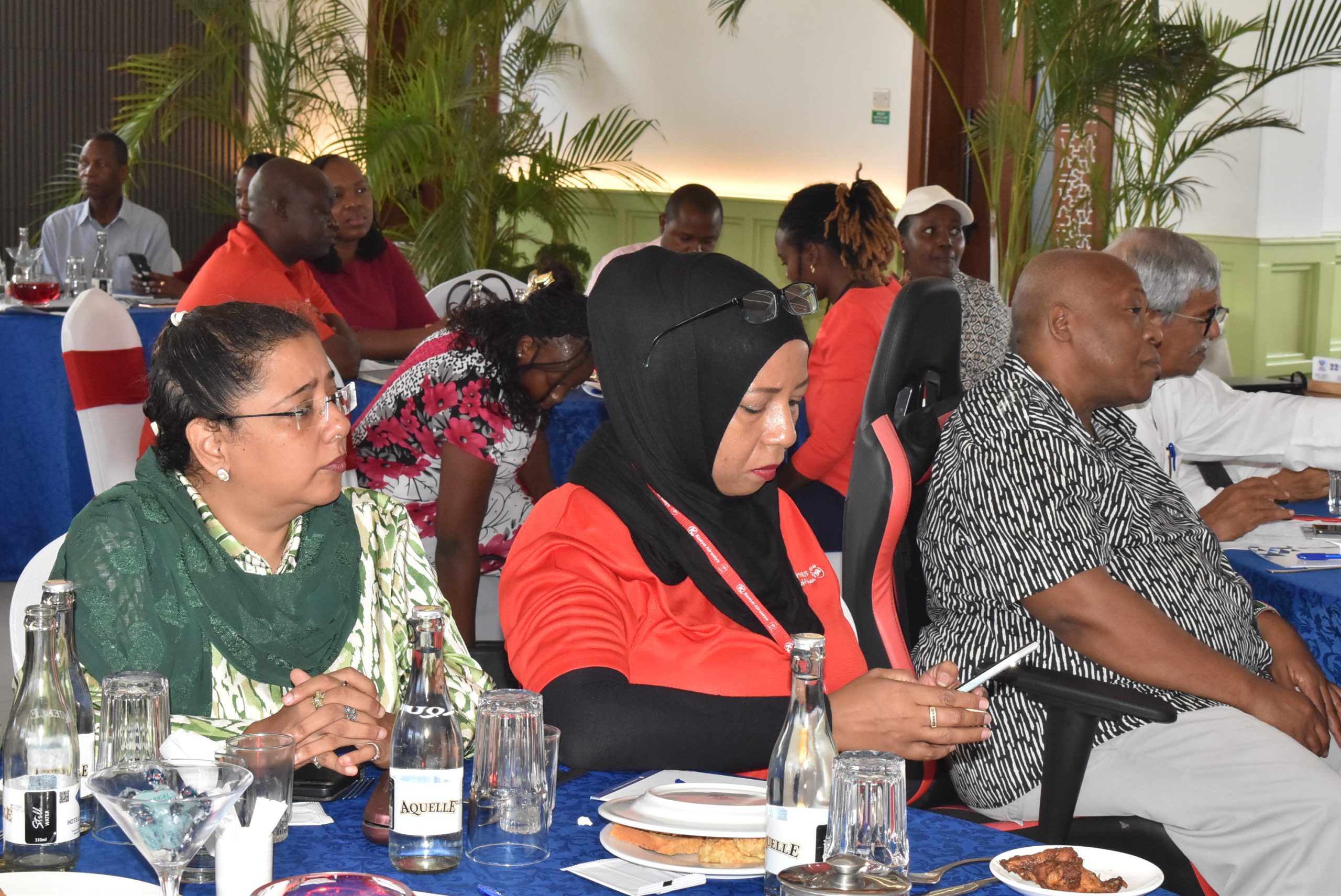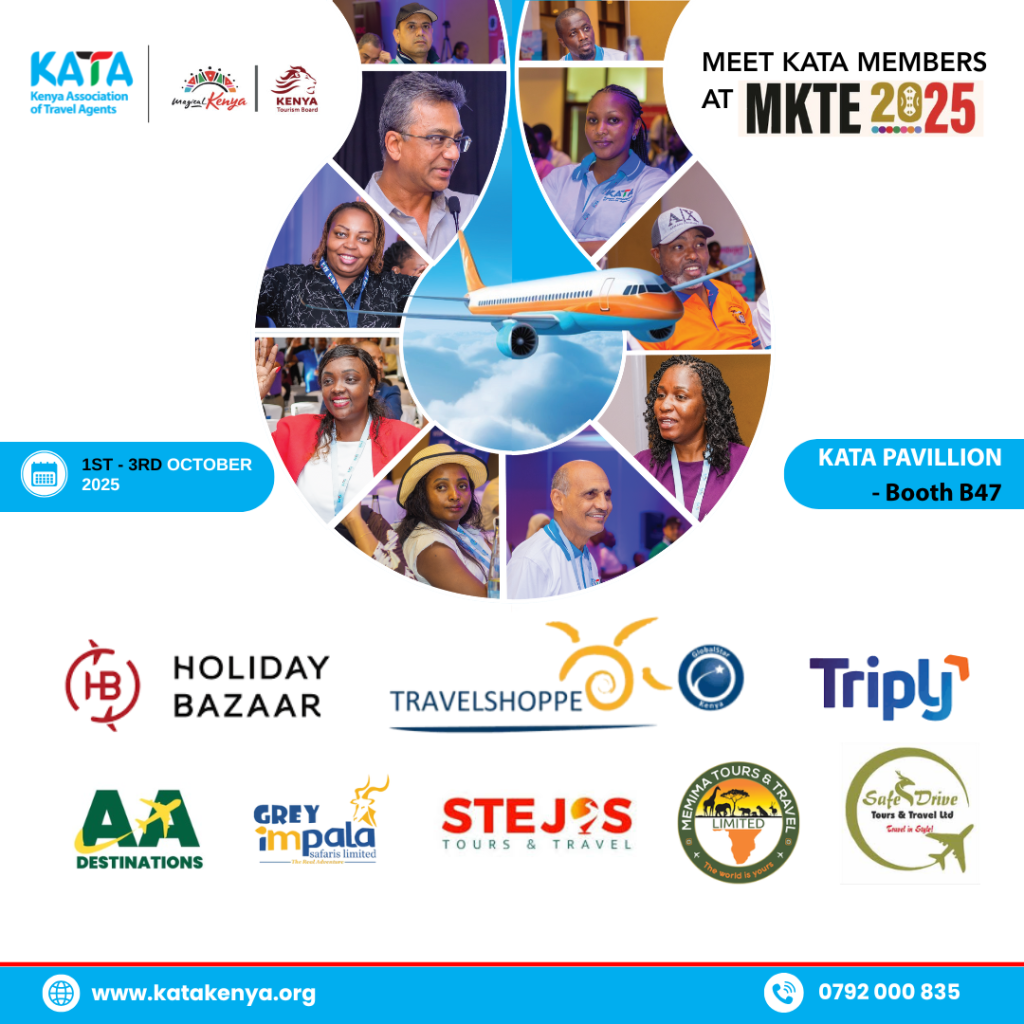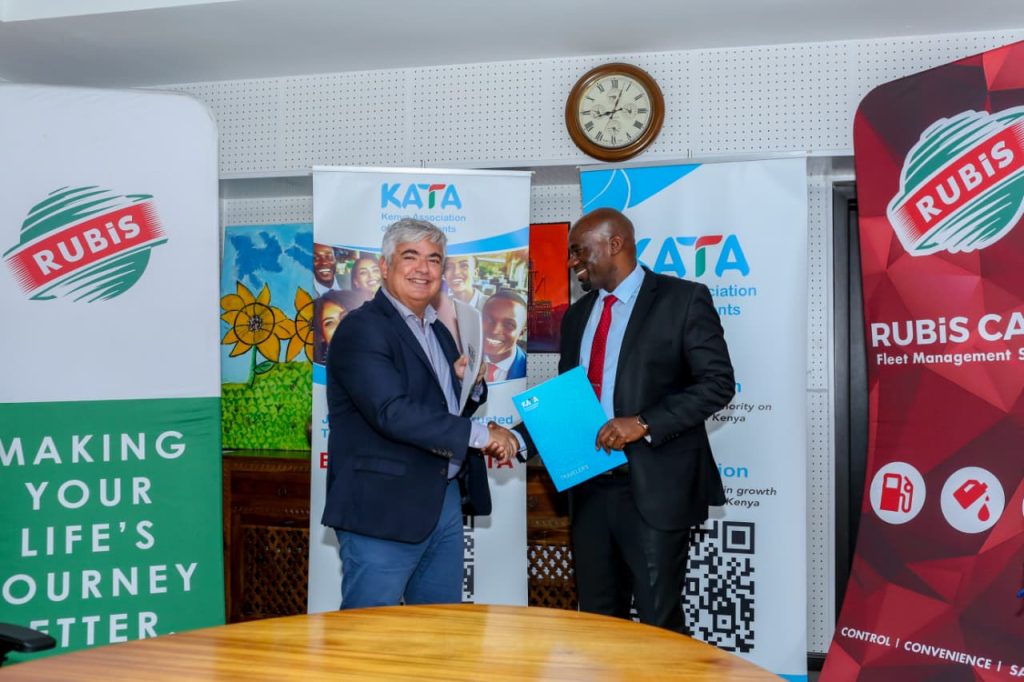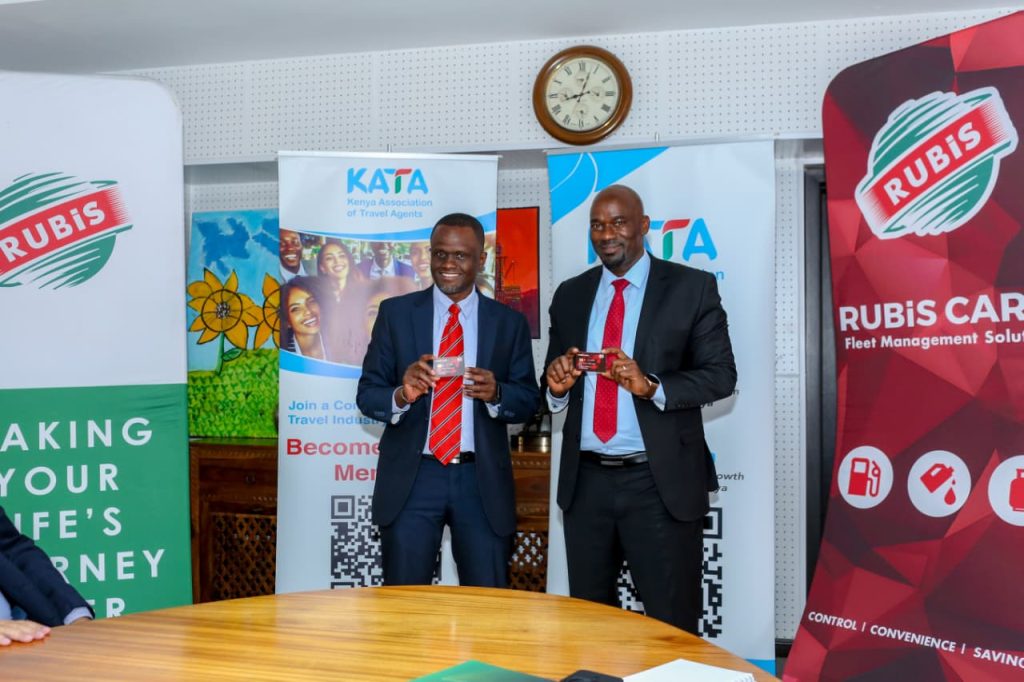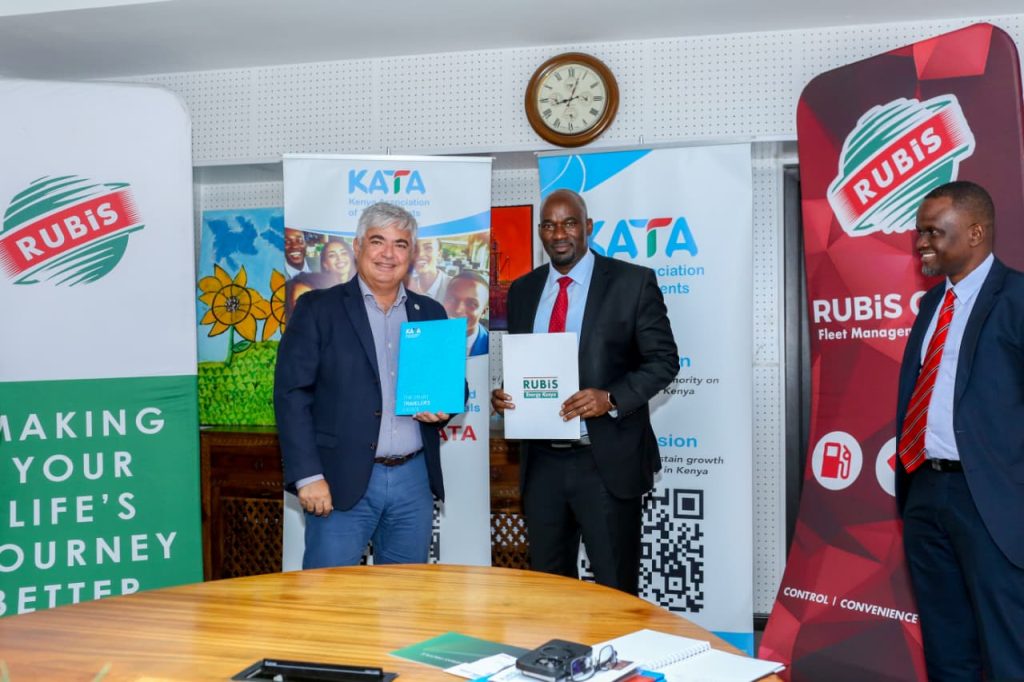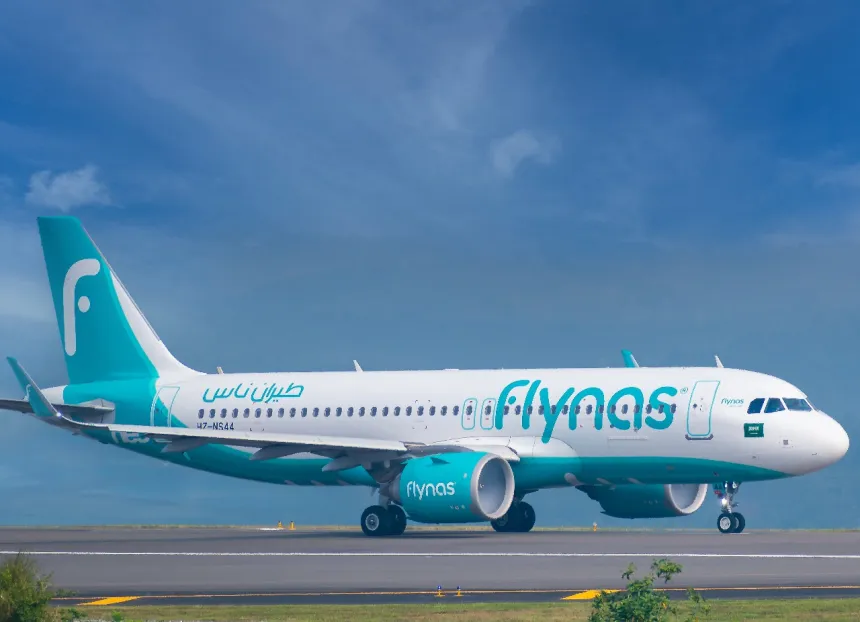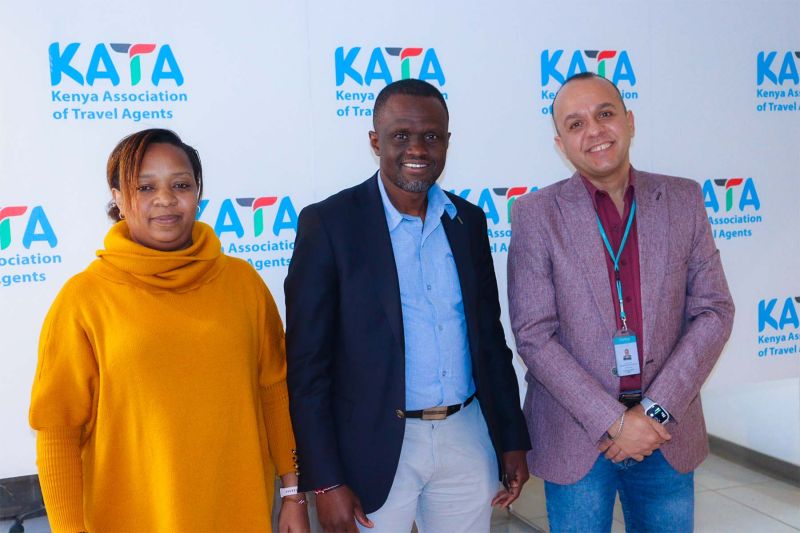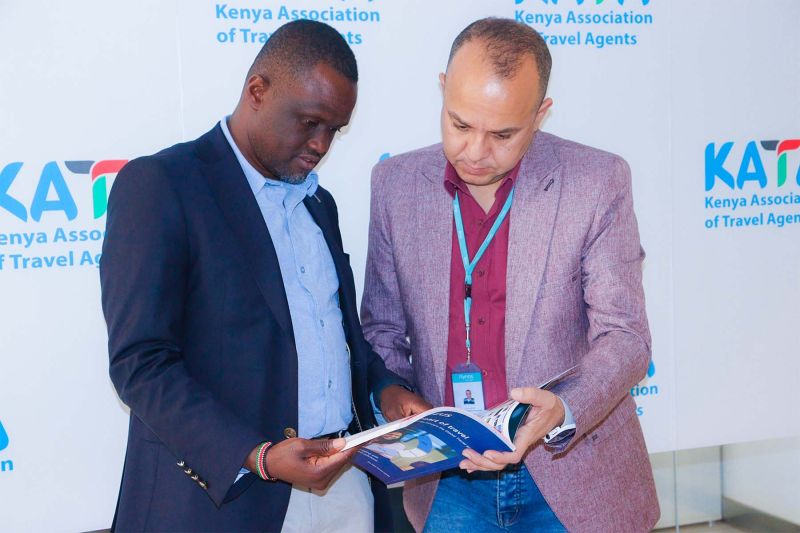Sleep tourism is an emerging segment of wellness travel to address the global challenge of sleep deprivation. Faced with the stresses of everyday life, many people not only need a vacation; they need an experience centered around recuperation. Responding to this demand, sleep tourism offers new and unique hotel experiences created to alleviate the negative effects of insomnia, restore equilibrium, and enhance a person’s quality of life. These specially designed getaways are changing travel with customized responses to the growing problem of inadequate sleep, including AI-driven beds and complete sleep solutions. In doing so, they are establishing new benchmarks in the wellness travel industry.
In today’s fast-paced world, where the pressures of work and daily life leave little room for rest, sleep has become increasingly elusive. The constant influx of notifications, the stress of demanding workloads, and the ever-present noise of urban life have turned quality rest into a rare luxury. Recent studies show that nearly half of young adults report experiencing poor sleep quality, with sleep deprivation now emerging as a global health crisis. However, an innovative trend in travel is offering a potential solution: sleep tourism.
A New Era of Restful Travel
Sleep tourism, at its core, involves traveling specifically for the purpose of improving sleep. Unlike traditional vacations that focus on adventure and exploration, sleep tourism offers a much-needed escape from the chaos of daily life. The aim is simple—help travelers reset, relax, and recharge by prioritizing rest and rejuvenation.
Over the past few years, sleep tourism has gained traction, turning into more than just a luxury for the well-off. It is quickly becoming a mainstream wellness movement. Across the globe, hotels and resorts are recognizing the demand for sleep-focused travel and offering specialized packages designed to help travelers improve their rest.
The Rise of Sleep-Centered Hotels and Resorts
From luxurious suites to holistic sleep programs, various hotels have embraced this concept by curating environments that promote deep, restorative sleep. The Bryte Restorative Sleep Suite in New York, for instance, features AI-powered beds that adjust to individual sleep patterns, offering guests a tailored sleep experience. These innovations are designed to optimize sleep, with technology supporting the natural process of rest.
Some hotels have integrated broader wellness practices to improve sleep. One notable example is a renowned chain that offers a comprehensive “Alchemy of Sleep” program. This holistic approach combines mindfulness, nutrition, and sleep therapy, ensuring that guests not only rest but also adopt habits to improve their sleep quality over the long term.
In Portugal, a sleep-focused hotel offers soundproof rooms and premium mattresses, ensuring that guests experience uninterrupted slumber. For those visiting London, a sleep-only hotel offers quiet, tech-free rooms specifically designed to provide guests with an ideal environment for deep sleep.
The Impact of Sleep Deprivation: A Global Health Crisis
Sleep tourism, while a luxury in some respects, also highlights a deeper, more widespread issue: the global sleep crisis. Sleep problems, especially among younger generations, have been steadily increasing. Between 2010 and 2021, reports showed that sleep difficulties in people aged 15 to 45 rose from 34% to nearly 50%. Alongside this rise, the use of sleep aids and melatonin prescriptions has skyrocketed, reflecting a growing reliance on artificial solutions to address a natural problem.
The causes of this crisis are multi-faceted. Increased screen time, stress from work, urban noise pollution, and even the effects of climate change all contribute to the modern-day struggle to achieve quality sleep. In countries like India, where a significant portion of the population feels sleep-deprived, the issue is being referred to as a “sleep pandemic.” A recent survey revealed that 93% of Indians report feeling constantly fatigued—a statistic that mirrors global trends.
Sleep tourism seeks to address these issues by offering a retreat from the stress of daily life. It encourages a shift in perspective, viewing sleep as an essential part of self-care, rather than an indulgence or sign of laziness.
India: A Rising Hub for Sleep Tourism
India, with its increasing work pressures and the growing effects of digital exposure, is beginning to recognize the value of sleep tourism. As more people look for ways to unwind and restore balance in their lives, hotels and retreats across the country are offering sleep-centric experiences that blend modern wellness techniques with ancient traditions.
In cities like Bhopal, a unique hotel provides guests with a “pillow menu,” offering five different types of pillows, including memory foam and buckwheat hull options, to ensure each guest can select their ideal sleep comfort. Another hotel in Odisha combines Ayurvedic practices, yoga, and meditation to enhance sleep quality, offering guests a holistic approach to rest. Similarly, in Gurgaon, specialized lighting and sleep-enhancing amenities are used to create the perfect environment for restful slumber.
These sleep-focused experiences are more than just luxurious offerings—they represent a shift in how people view sleep. The combination of traditional healing methods and modern wellness innovations demonstrates that quality rest is not merely a luxury, but a key to restoring health, focus, and overall well-being.
A Growing Trend in Wellness Travel
As wellness travel continues to evolve, sleep tourism is gaining significant attention as a major part of this movement. Studies have shown that travelers who participate in sleep-centric retreats experience measurable improvements in their sleep quality and emotional well-being. This trend is not limited to the rich and famous but is increasingly accessible to a wider audience looking for ways to manage stress and improve their quality of life.
One of the key benefits of sleep tourism is its focus on environments that promote natural sleep cycles. Many of these retreats emphasize dark, quiet rooms, circadian lighting, and other sleep-friendly features. These efforts go beyond simply providing a comfortable bed—they create spaces that allow guests to rest, relax, and recover from the physical and mental toll of everyday life.
Moreover, travelers are increasingly willing to pay a premium for these experiences, signaling a major shift in travel priorities. Hotels and resorts around the world are investing heavily in sleep-friendly amenities such as soundproof rooms, aromatherapy, and AI-powered bedding. This growing demand for sleep-centric services is helping to reshape the travel industry, placing rest and recovery at the forefront of wellness tourism.
The Future of Sleep Tourism: A Global Movement
Looking ahead, sleep tourism is poised to become a mainstay in the travel industry. Just as wellness retreats, adventure travel, and eco-tourism have grown in popularity, sleep vacations are expected to gain mainstream acceptance. These vacations represent more than just a break from routine—they symbolize a conscious rejection of burnout culture and a call to prioritize mental and physical well-being.
As urbanization continues to increase, and the pressures of modern life mount, the need for restorative travel experiences will only grow. Sleep tourism offers an opportunity to escape the constant hustle, recharge the body and mind, and return to life with renewed energy and focus. In a world that often glorifies busyness and productivity, sleep tourism provides a counter-narrative: health begins with sleep.
In the years to come, sleep tourism may be as common as visiting a spa or wellness retreat, becoming a popular choice for travelers looking to reset and restore. With growing awareness of its benefits, this trend is reshaping how people view rest—and ultimately, how they prioritize their own health.
Focused on restoring balance and addressing sleep deprivation, innovative hotel experiences within sleep tourism provide tailored retreats aimed at restorative sleep and rejuvenation. Effectively combating the rest issue, travel retreats provide effective remedies for declining sleep health.
An innovative and fresh way of thinking about wellness travel, sleep tourism accentuates the importance of rest and affords the opportunity for travelers to experience sleep as an act of self-care. In light of the ongoing global sleep deprivation crisis, sleep tourism delivers more than relaxation. The future of sleep tourism is promising, restoring the perception of sleep as a vital necessity and improving overall health and wellness. Offering a wonderful combination of relaxation and sleep healing, sleep tourism is restorative, catering to travelers worldwide.
Source: travelandtourworld.com

